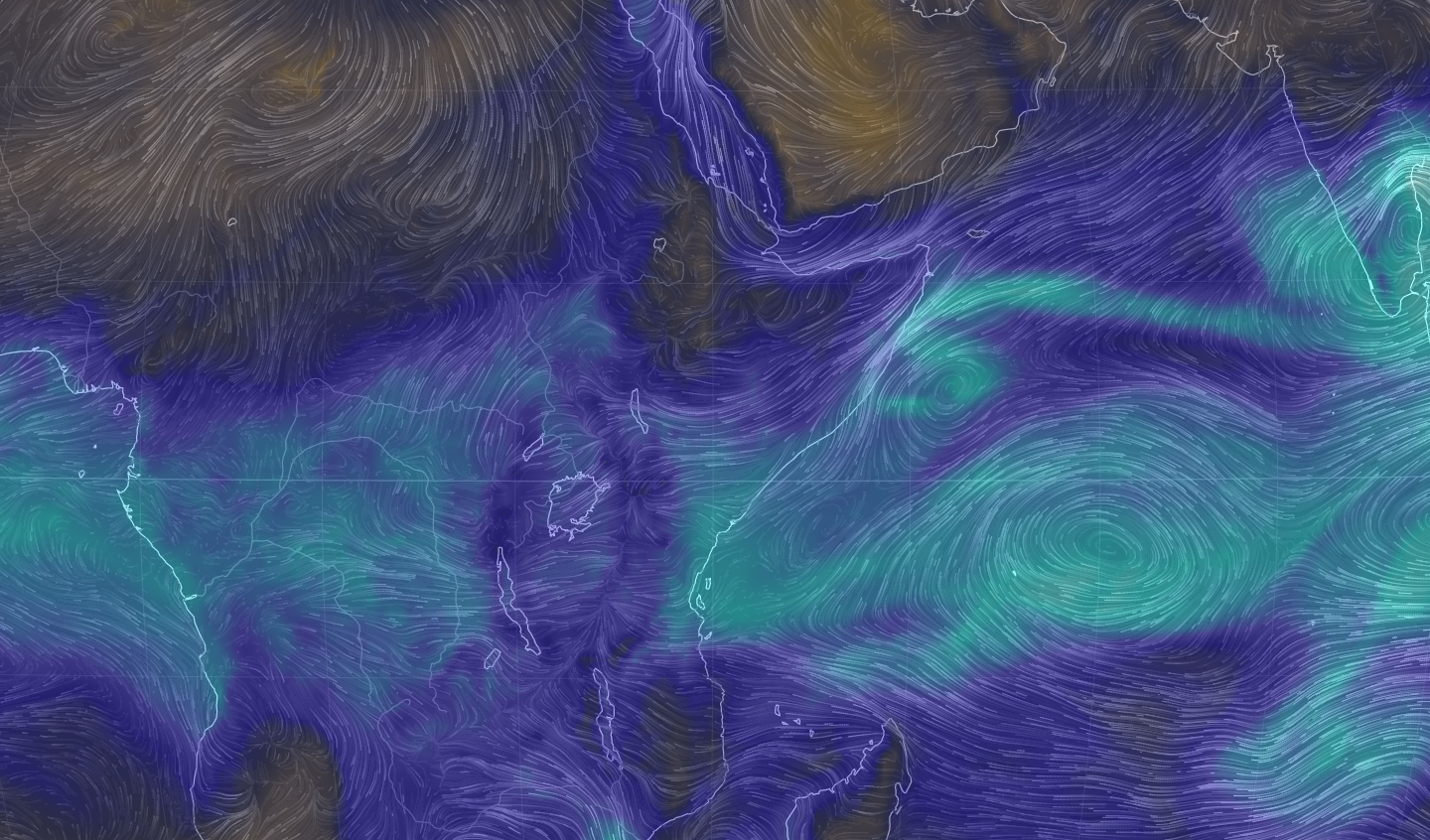Dr Rachel James, Research Fellow, Environmental Change Institute, Oxford University
The vulnerability of the Greater Horn of Africa to climate shocks is widely recognised. In 2011, this caught the attention of the international community when drought struck Ethiopia, Kenya, Somalia, and Djibouti. Over 13 million people were affected, and in Somalia widespread famine displaced one third of the population.
This year, one of the strongest El Niño events in the last 50 years is well underway, and climate variability is once again threatening water security in East Africa. Drought in Ethiopia has left 4.5 million people in need of food aid, whilst Kenya has been expecting heavy rainfall. During the 1997 El Niño, floods led to crop failure, infrastructure damage, and outbreaks of cholera and malaria. This time, the Kenyan government has set aside 5 billion shillings, or 50 million USD, for response and recovery.
In a region with such large variability in rainfall from year to year, and where livelihoods are so closely bound to fluctuations in the weather, it is vital that interventions to improve water security take into account climate risks. And, under climate change, the odds are shifting. Human activity may already be influencing the probability of extreme weather in East Africa, and larger changes are expected as global warming intensifies. Climate change threatens to undermine efforts to improve water security and end poverty. So how can planners ensure that water and sanitation programmes are resilient to climate variability and change?
Understanding how global climate influences local realities is not straightforward. It is difficult to predict how human induced climate change will interact with natural variability, including oscillations such as El Niño. Whilst scientists can make confident statements about changing patterns of global and regional temperatures, there are large uncertainties about rainfall, which is vital for decisions about investments for poverty eradication and economic growth.
The uncertainty associated with rainfall is well illustrated in East Africa, which has experienced a greater number of droughts in recent decades, but for which climate models project an increase in rainfall. This ‘East Africa Climate Paradox‘ creates a confusing picture for decision makers, and has the potential to lead to maladaptation if the information is not handled carefully. For example, it would be unwise to plan agricultural expansion based on model predictions of wetter futures, when observations suggest a drying trend.
Some uncertainty in future climate is inevitable: we can never know exactly how much rain will fall next year, or in thirty years. However, it should be possible to provide more useful information for planners, in a way that allows them to build uncertainty into their decision making.
Such improvement requires better science, and better decision support.
Better science is needed because, historically, scientific endeavour has been weighted towards those regions where most scientists live. This means we know much more about the climate and weather of mid-latitude countries than we do about tropical systems, which are characterised by a different set of processes. Many of the models we use for weather and climate prediction have also been developed in more industrialised countries, and there has been limited effort to date to improve and understand their representation of African climate.
If better science is to be useful on the ground, it is also important to improve decision support. Increasingly, it’s recognised that improved data provision is not sufficient to generate better societal outcomes. There is a need for ‘climate services’, whereby scientists work with decision makers to explore the resilience of their decisions to climate variability and change. How to achieve this has been a hot topic in recent years, and there has been a big push to improve climate science and climate services in Africa, not least by African climate scientists.
The UK Department for International Development (DFID) and Natural Environment Research Council (NERC) have recently funded the Future Climate for Africa (FCFA) programme, which aims to achieve a step change in the modelling and understanding of processes which are important for African climate, including tropical convection, land surface interactions, and modes of variability. FCFA also focuses attention on integration of science into decision making, through demonstration projects including two in Kenya. Oxford University researchers are actively contributing to FCFA research, with a focus on understanding and evaluating climatic processes in southern and Central Africa.
REACH presents an opportunity to build on this progress, integrating climate information into a wider interdisciplinary risk framework, and connecting the dots between local decisions about water use, poverty, and climate in Ethiopia and Kenya.
This blog is part of a series in the run up to the Water Security 2015 conference on 9-11 December in Oxford – www.watersecurity2015.org. These issues will be discussed at a session ‘Climate risks in Africa: data to decisions’.

